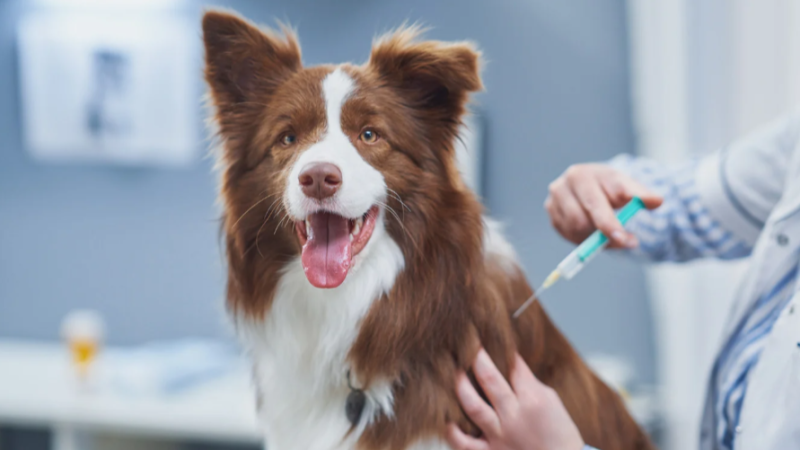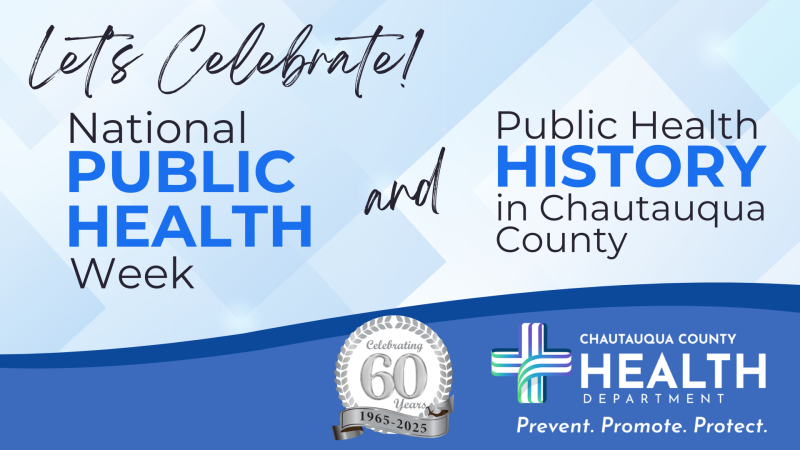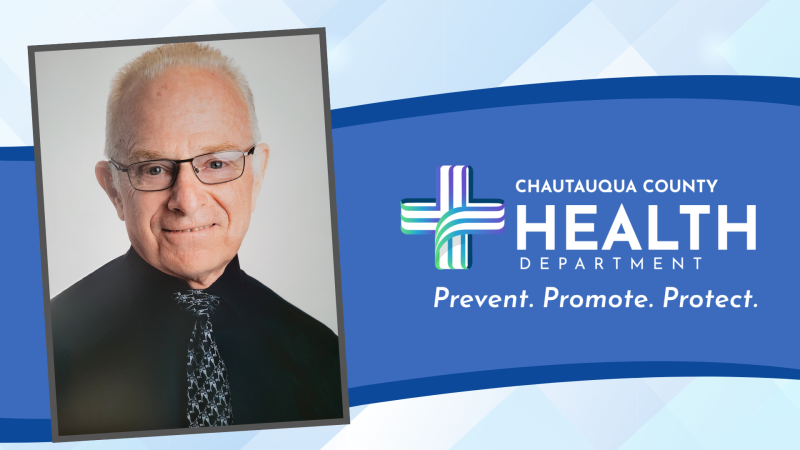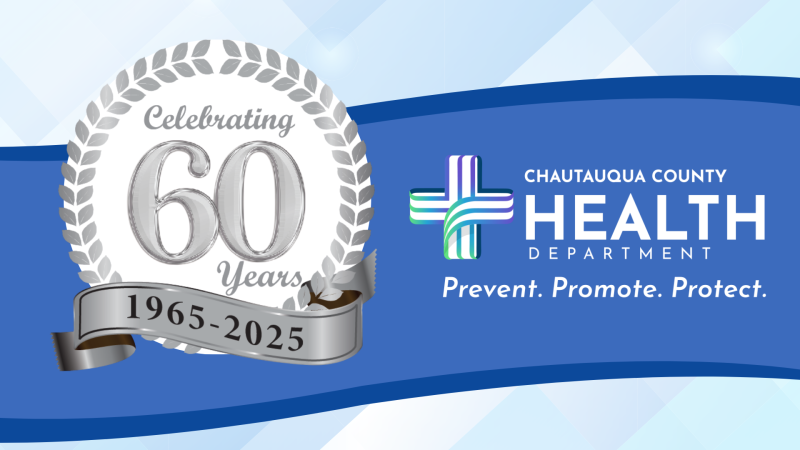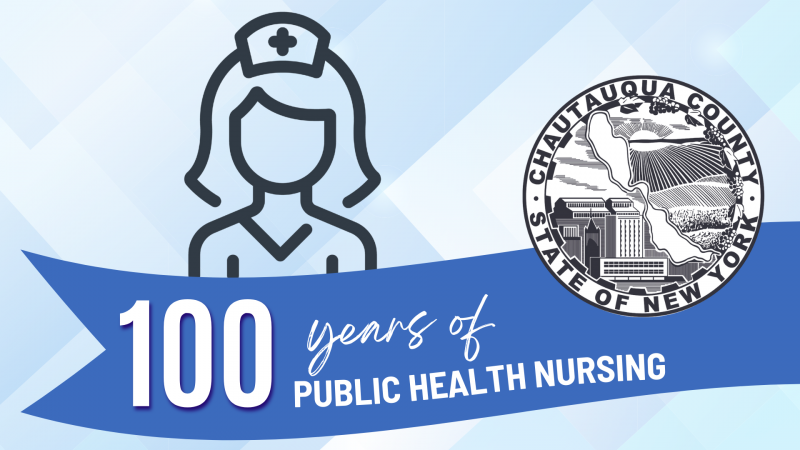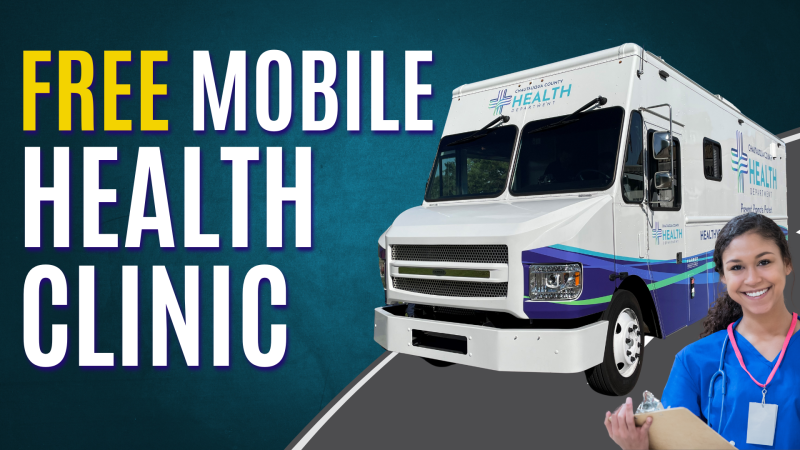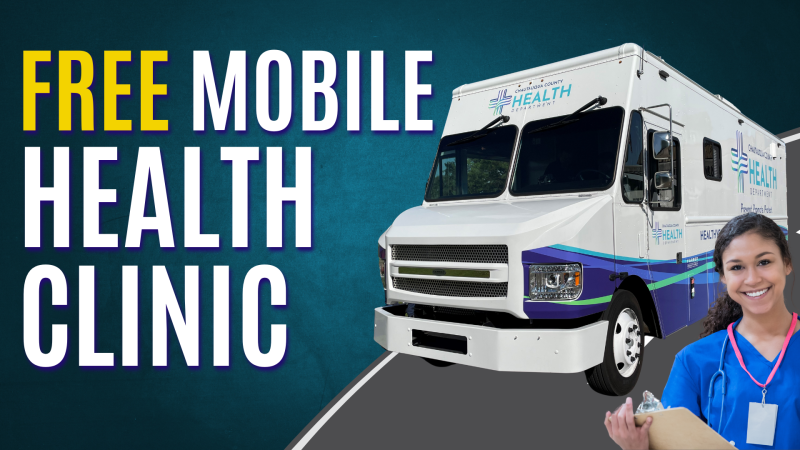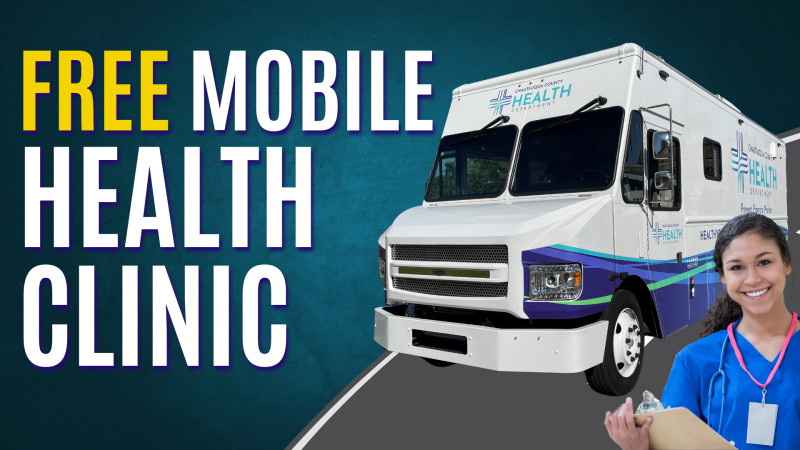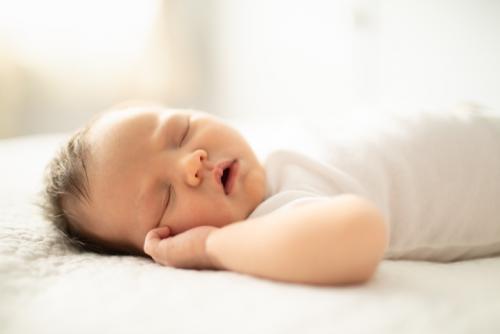 |
Videos on Safe SleepABC's of Safe Sleep: English
|
Put your baby to sleep on his back on a flat, firm surface, like a crib or bassinet.
-
Don’t bed-share. Put your baby to sleep in his own crib or bassinet.
-
Safe sleep can help protect your baby from sudden infant death syndrome (also called SIDS) and other dangers.
Where is the safest place for your baby to sleep?
The best place for your baby to sleep is in a bassinet or crib. If you have multiples (twins, triplets or more), put each baby in his own bassinet or crib. Here’s what you can do to make sure your baby’s sleeping in a safe place:
- Put your baby to sleep on his back on a flat, firm surface, like a crib mattress covered with a tightly fitted sheet. Use only the mattress made for your baby’s crib. The mattress should fit snugly in the crib so there are no spaces between the mattress and the crib frame. The mattress shape should stay firm even when covered with a tightly fitted sheet or mattress cover.
- Put your baby to bed in his own crib or bassinet. Don’t bed-share. This is when babies and parents sleep together in the same bed. Bed-sharing is the most common cause of death in babies younger than 3 months old. Keep your baby’s crib close to your bed so your baby’s nearby during the night. The American Academy of Pediatrics (also called AAP) recommends that you and your baby sleep in the same room, but not in the same bed, for the first year of your baby’s life but at least for the first 6 months.
- Use a bassinet, crib or play yard that meets current safety standards. Don’t use cribs with drop-side rails. Don’t try to fix a crib that has broken or missing parts. Visit U.S. Consumer Product Safety Commission (CPSC) to learn more about product safety standards or product recalls.
- Keep crib bumpers, loose bedding, toys and other soft objects out of your baby’s crib. They put your baby in danger of getting trapped, strangled or of suffocating. It’s best if you baby sleeps in her own crib or bassinet.
- Don’t let your baby sleep in his carrier, sling, car seat or stroller. Babies who sleep in these items can suffocate. If your baby falls asleep in one of them, take her out and put her in her crib as soon as you can.
- Don’t put your baby to sleep on a waterbed, sofa, soft mattress or other soft surface. Portable bed rails don’t always prevent a baby from rolling out of bed. Babies can get stuck in them and choke.
- Remove any hanging window cords or electrical wires near where your baby sleeps. Babies can get tangled in them and choke.
How do you put your baby to sleep safely?
- Put your baby to sleep on his back every time until he’s 1 year old. It’s not safe for a baby to sleep on his side or tummy. If your baby can roll over from his back to his side or tummy and over to her back again, don’t worry if he changes positions while sleeping. Supervised, awake tummy time is recommended to facilitate baby’s development of neck, shoulder and arm muscles. Parents are encouraged to place the infant in tummy time while awake and supervised for short periods of time beginning soon after hospital discharge and increasing to at least 15 to 30 minutes total daily by 7 weeks of age.
- Dress your baby in light sleep clothes. Remove any strings or ties from his pajamas and don’t cover his head. A blanket sleeper (a kind of infant clothing used for sleeping) can help keep your baby warm without covering his head or face. Keep the room at a temperature that’s comfortable for you. If your baby is sweating or his chest feels hot, he may be overheated.
- Give your baby a pacifier for naps and at bedtime. Pacifiers may help protect against SIDS. If you’re breastfeeding, wait until your baby is 1 month old before using a pacifier. If your baby won’t take a pacifier, don’t force it. It’s OK if the pacifier falls out of your baby’s mouth during sleep. Don’t hang the pacifier around your baby’s neck or attach the pacifier to your baby’s clothing or a stuffed animal.
- Don’t use products, like special mattresses or wedges, that claim to reduce the risk of SIDS. There is no evidence that they do.
- Don’t use home cardiorespiratory monitors as a way to reduce the risk of SIDS. These monitors track a baby’s heart rate and breathing. Some babies need this kind of monitor because of medical problems, but this is rare. There’s no evidence that the monitors help reduce the risk of SIDS in healthy babies.


